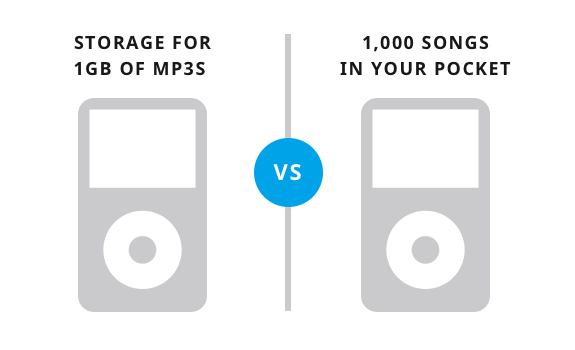
No matter how good your product is or how much effort you have put into it, people will not take notice until you show them some value or solve their problems. Part of the reason Google is such a corporate giant is that they provide so much value for free. Free information will help you to get your core message and solution right under their noses. People will begin to trust your ideas and concepts and listen to what you have to say if it’s of any value to them. It is up to you to earn your clients’ trust and give them ample reasons to know, like and trust you.
A few selling tips:
- Try to keep your sales pitch simple.
- Create persuasive sales copy with a grabbing headline.
- Offer a solution to their problem.
- Tell your customers how they can benefit from your product.
- Limit the technical specs, unless you are catering to a particular tech-oriented niche.
- Have an information product that you can be proud of.
People want the hole, not the drill bit
If you sell a product or service, you should market your information about solving problems, not information about the product or service itself. It’s an old cliche, but bears repeating: People want the hole, not the drill bit. What this means for you is that instead of delivering information about drills, you should convey information about making holes. You’ll get a lot more sales and build more rapport with prospective customers that way.
The feature vs. benefits problem
Is your website only communicating the features of your service to potential clients and neglecting to mention the benefits? You can easily fall into the trap of explaining the features of your product or service without details of the benefits. Most webpages present on two factors: 1) what they’re good at and like to do, and 2) what they assume possible clients will buy. Most sales copy also assume that prospects will understand why they should buy the product or service just because they’ve explained it on their website.
Here are some examples of features.
1GB storage on your MP3 player
New transistor 64gb processor
10 number speed dial
Batteries included
100-watt light bulb
20 cardio and strength exercises
Each feature is a factual statement about the product or service being promoted. But features don’t entice clients to buy. That’s why your benefits are important to include. A benefit answers the question “What’s in it for me?” meaning the feature provides the client with something of value to them. A customer’s perception of each feature’s results is what attracts him or her to a particular product or service.
So, how do you successfully extract true benefits from features? Here’s a four-step process that works:
- Make a list of every feature of your product or service.
- Ask yourself why each feature is included in the first place.
- Take the “why” and ask “how” does this connect with the prospect’s desires?
- Get to the absolute root of what’s in it for the prospect at an emotional level.
Benefits are results
1GB storage MP3 player: 1000 songs in your pocket
New transistor 64gb processor: Now your computer will run faster without crashing.
10 number speed dial: I can easily connect with my best friends without effort, and I won’t get frustrated misdialing.
Batteries included: I don’t have to make that extra trip to the store again because I forgot to buy batteries.
100-watt light bulb: My room is brighter so I can read easier at night.
20 cardio and strength exercises: 20 ways to tone your muscles while losing all that fat.
When you try to sell the features of your service, you’re making the customer do all the mental work to figure out why they want the feature. Draw the connection between them, and you will see higher sales conversions. But you must know the results yourself. Review every sales pitch or marketing message you’ve been using for your business. If you look carefully, you’ll most likely find that most of your benefits are just more features.
